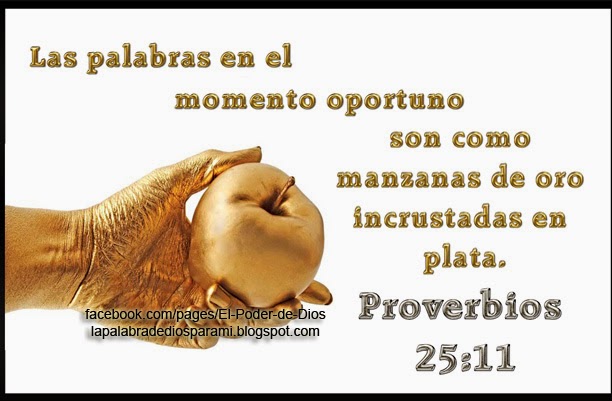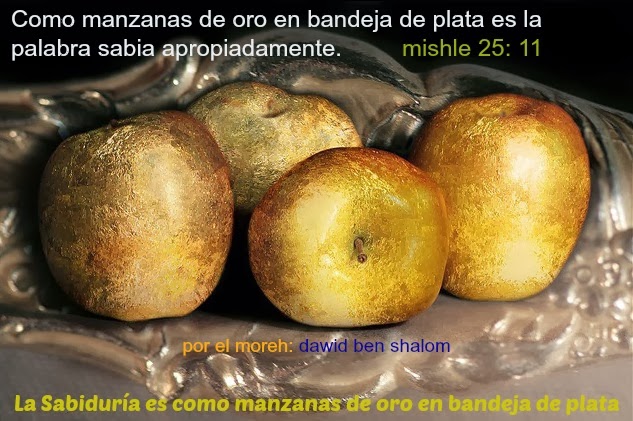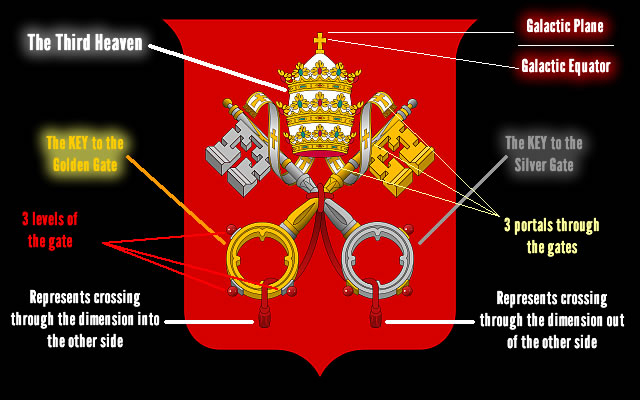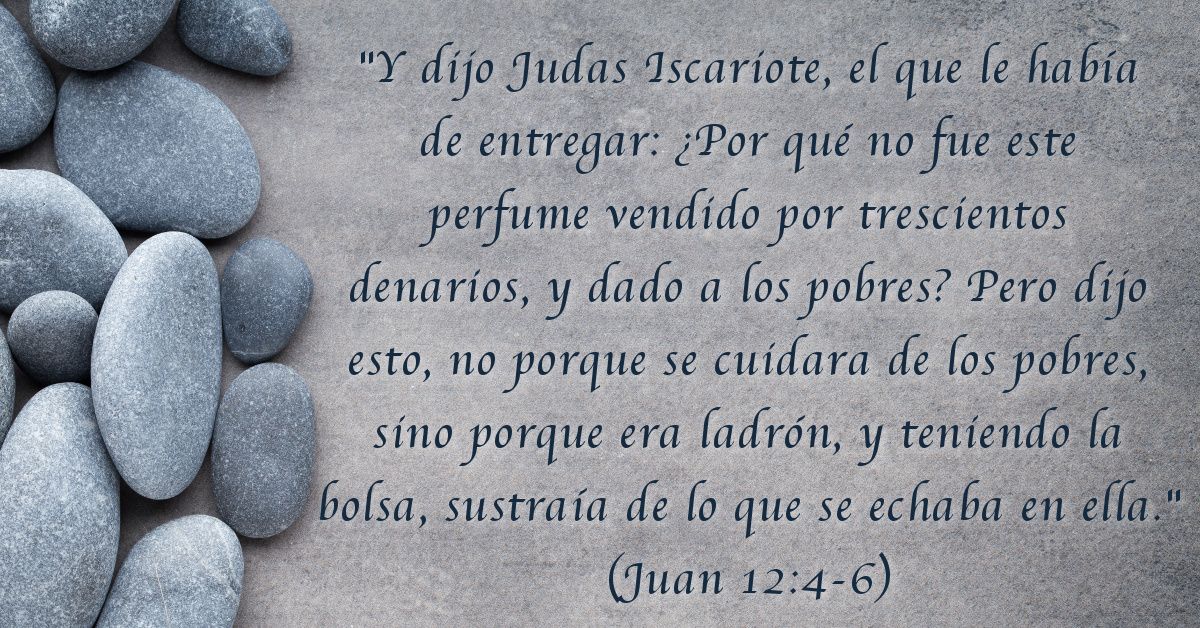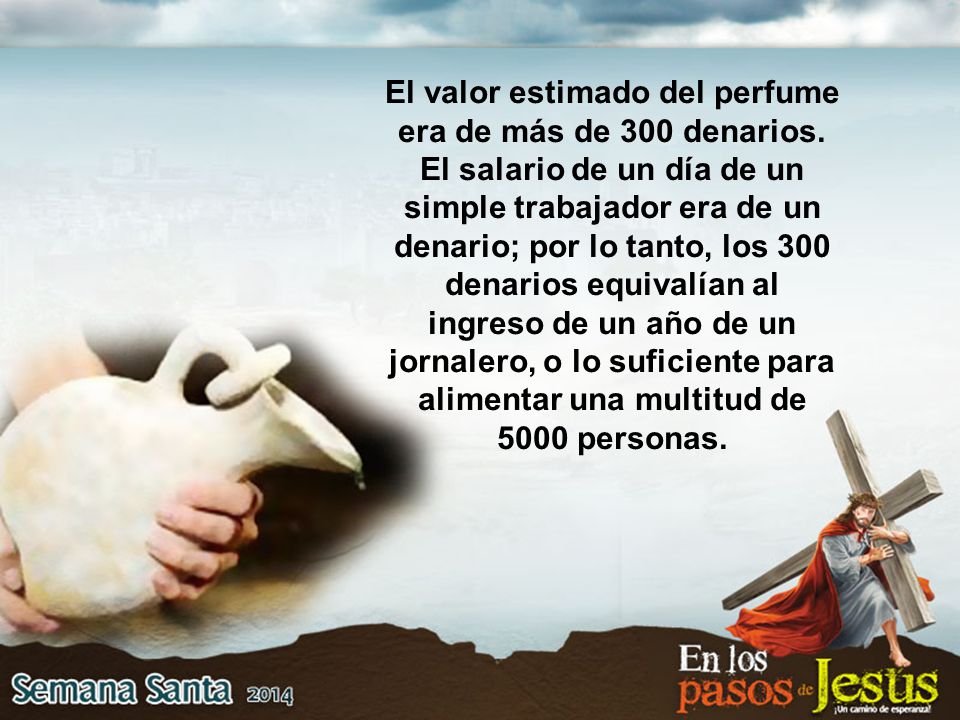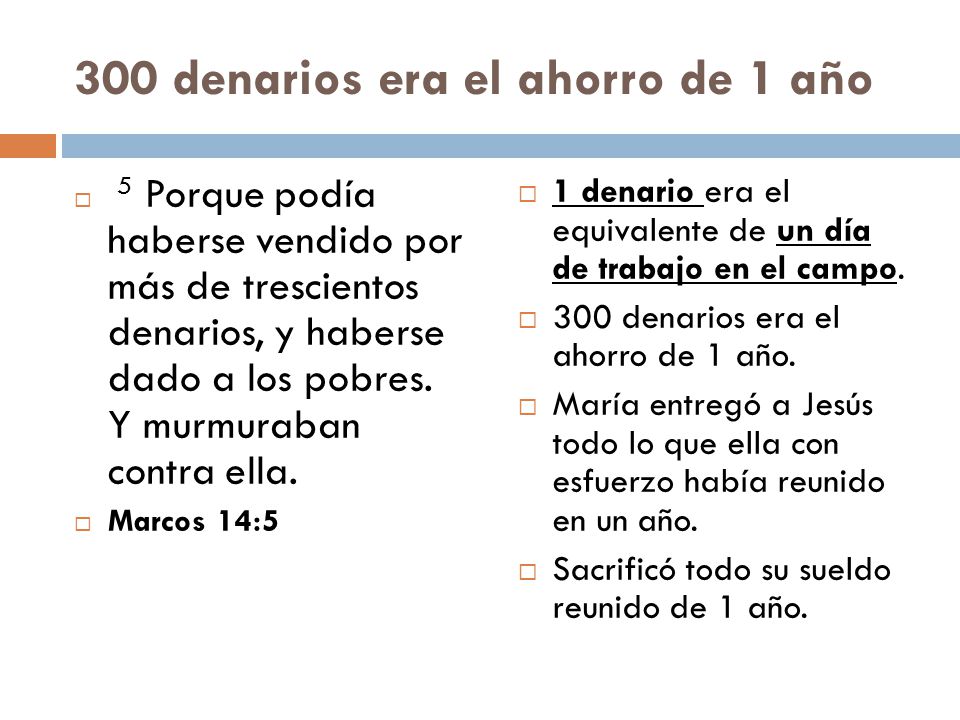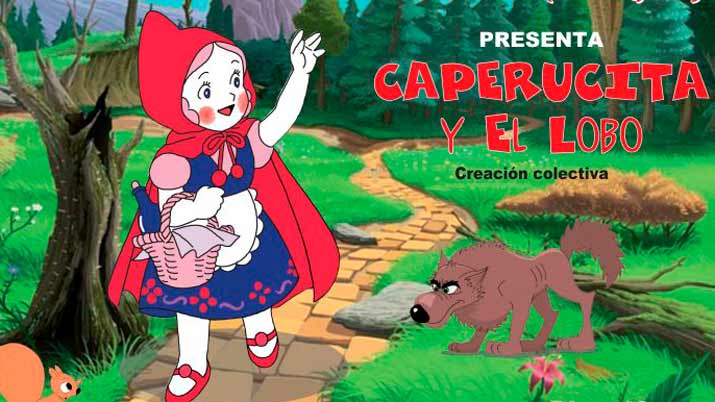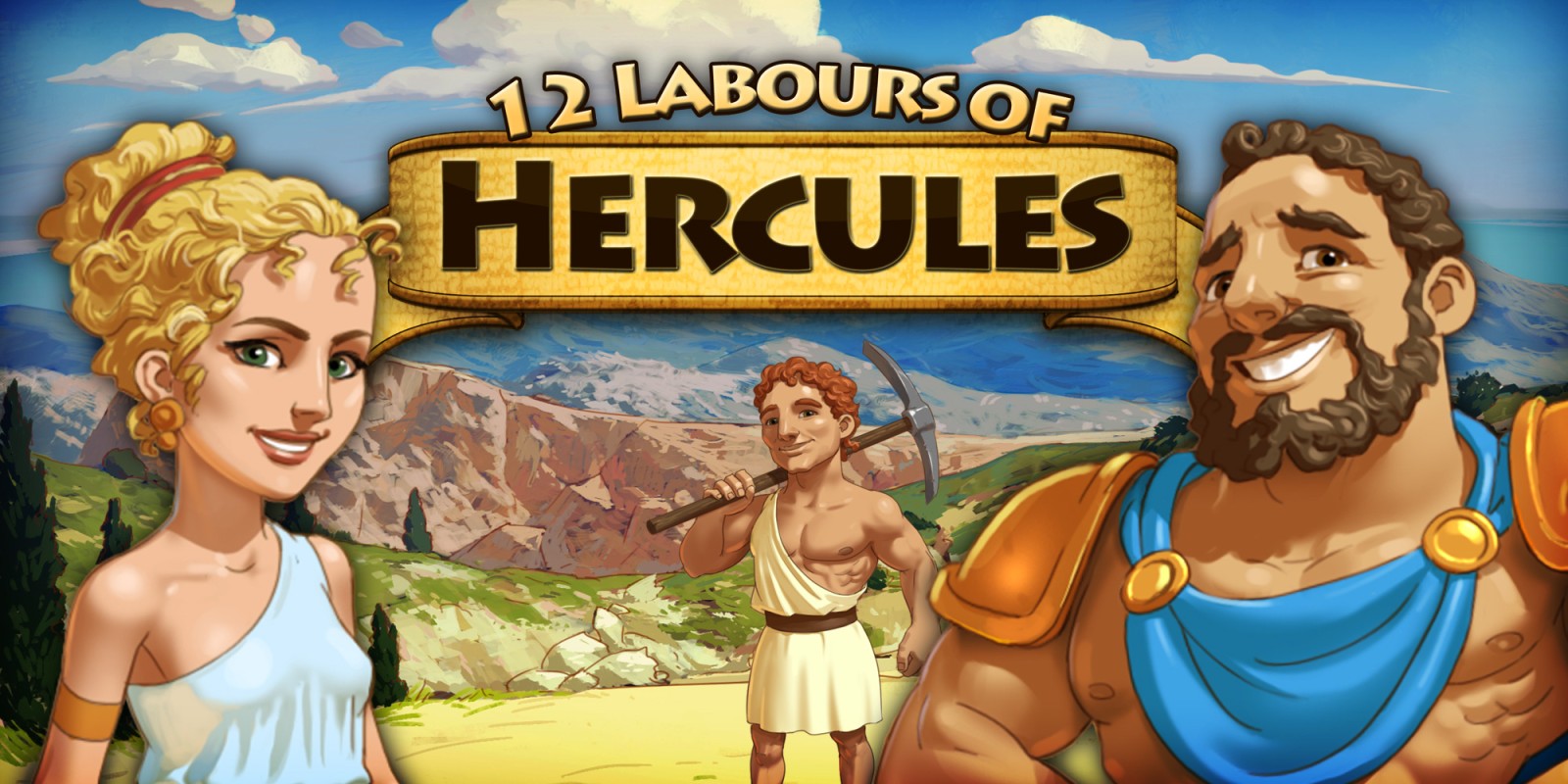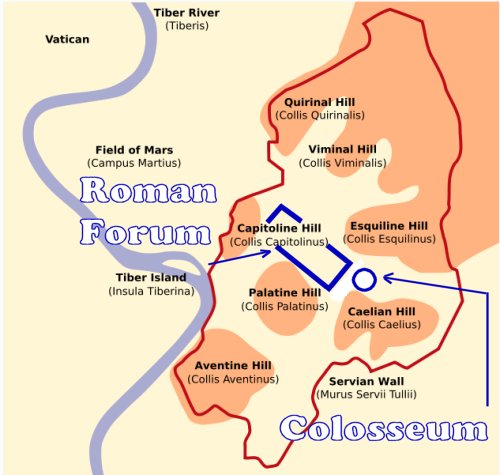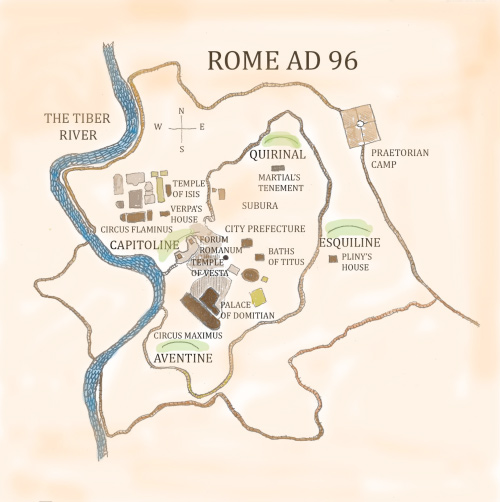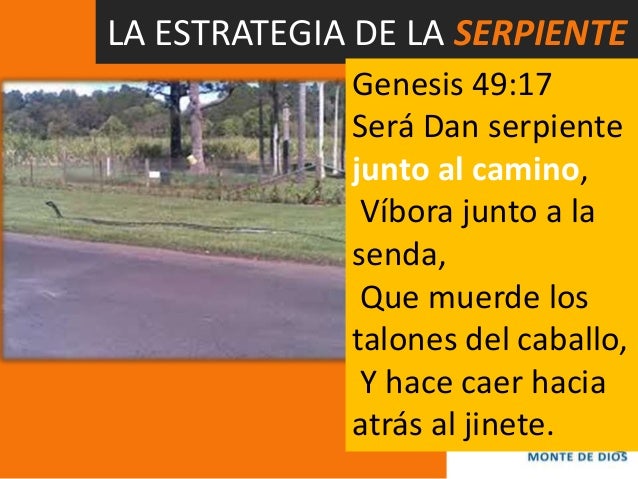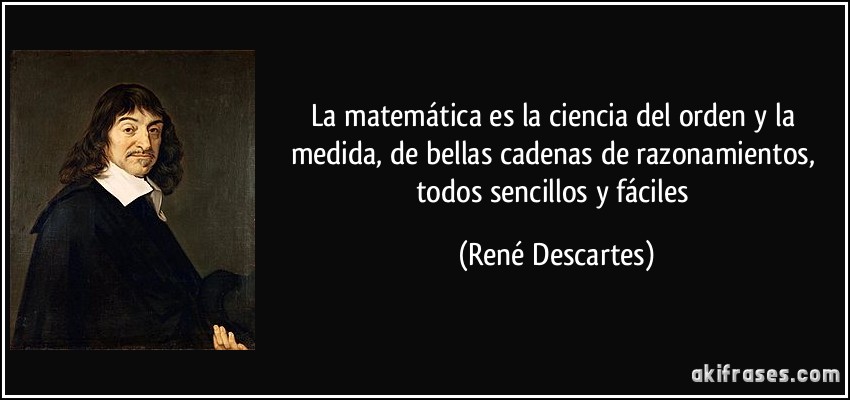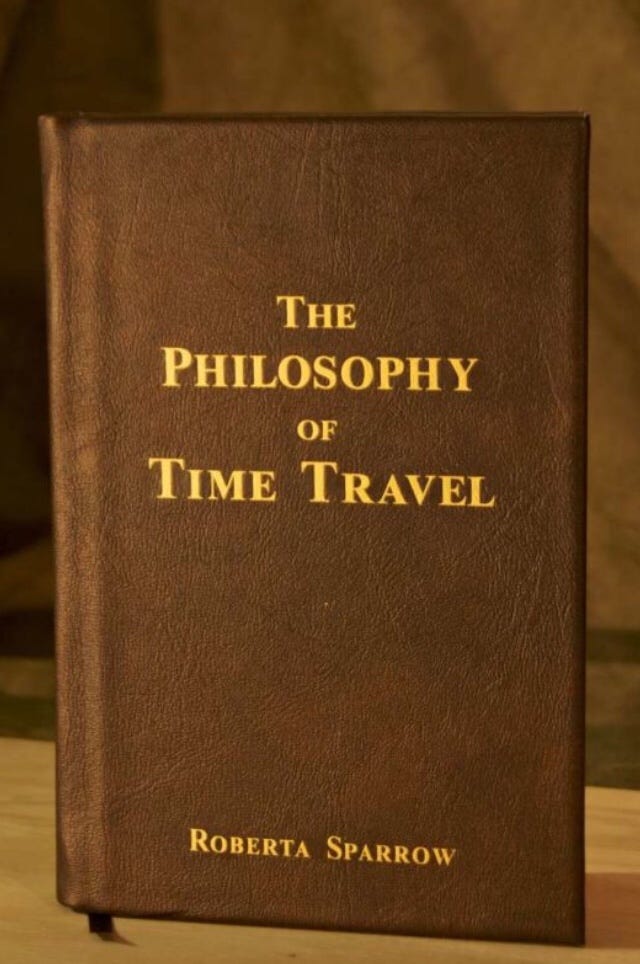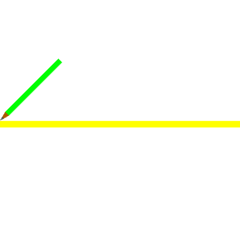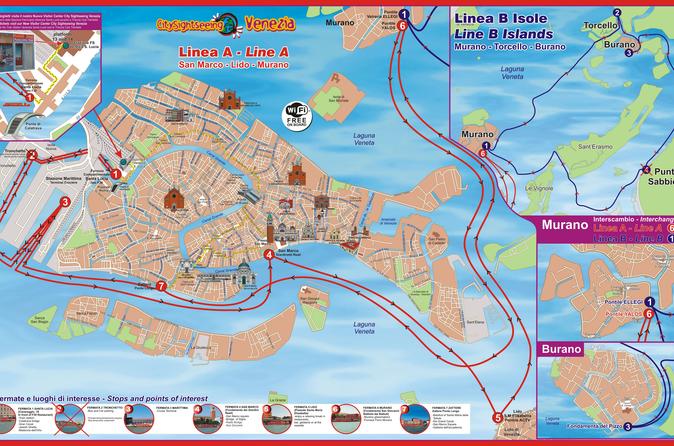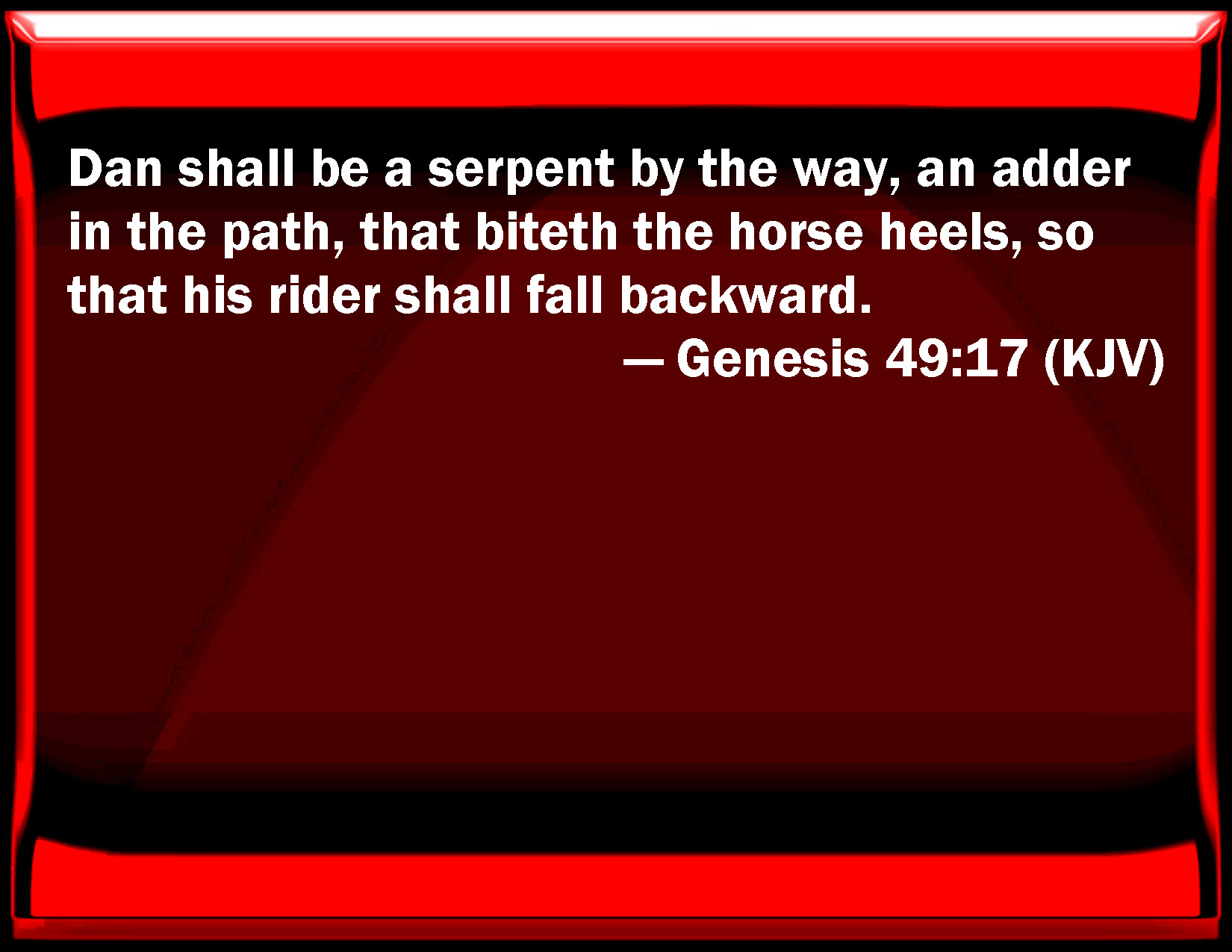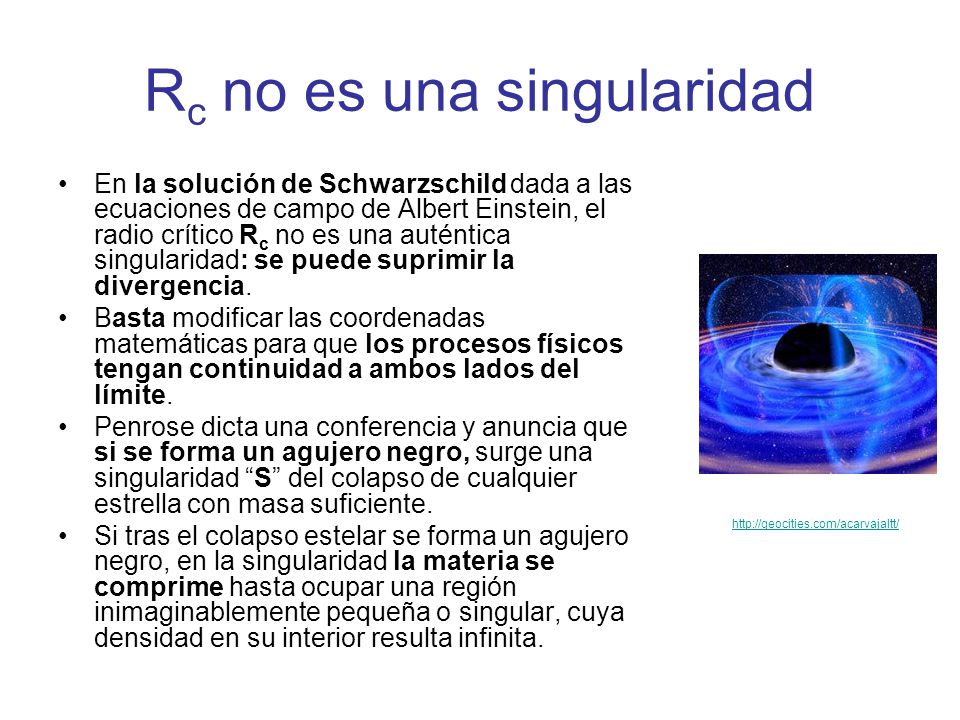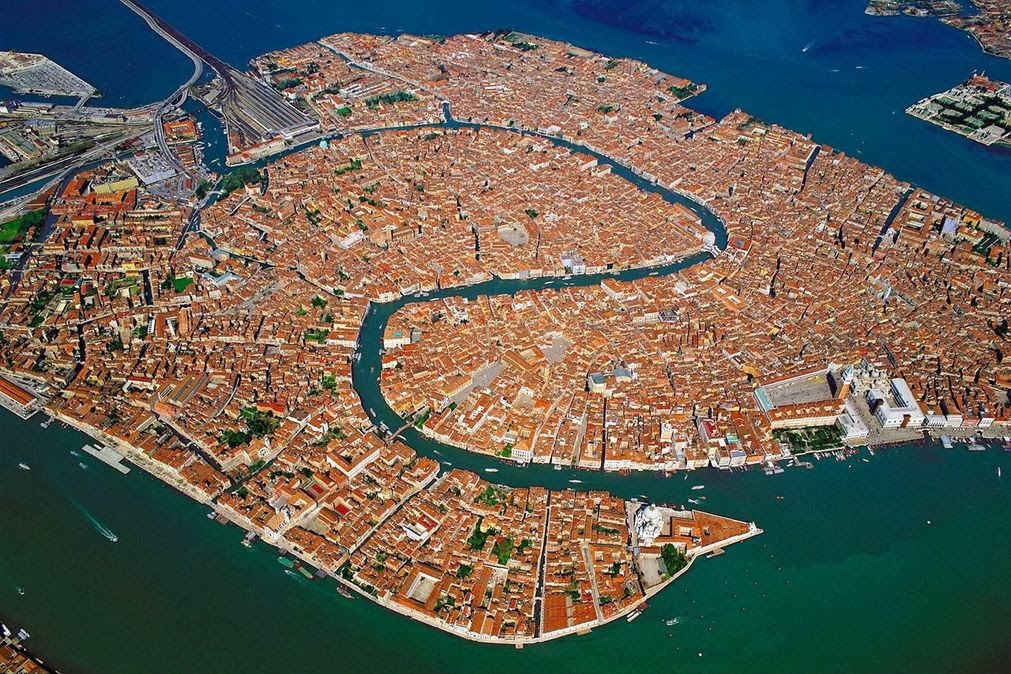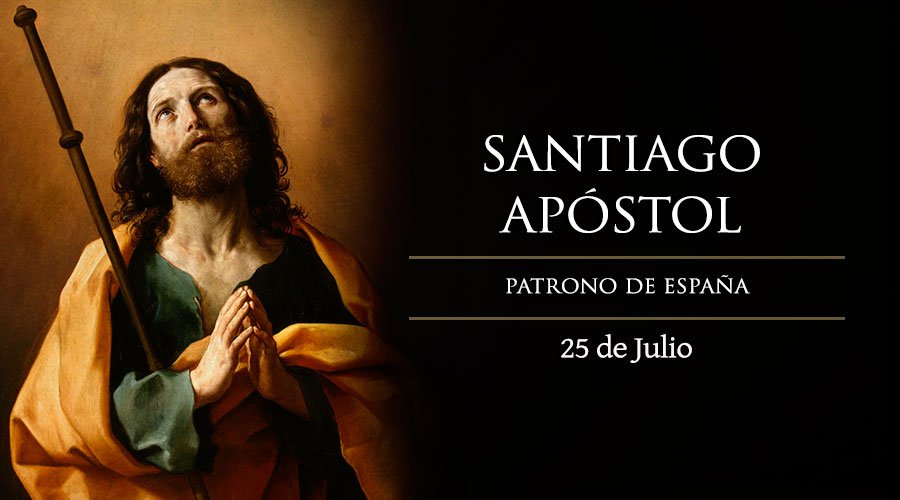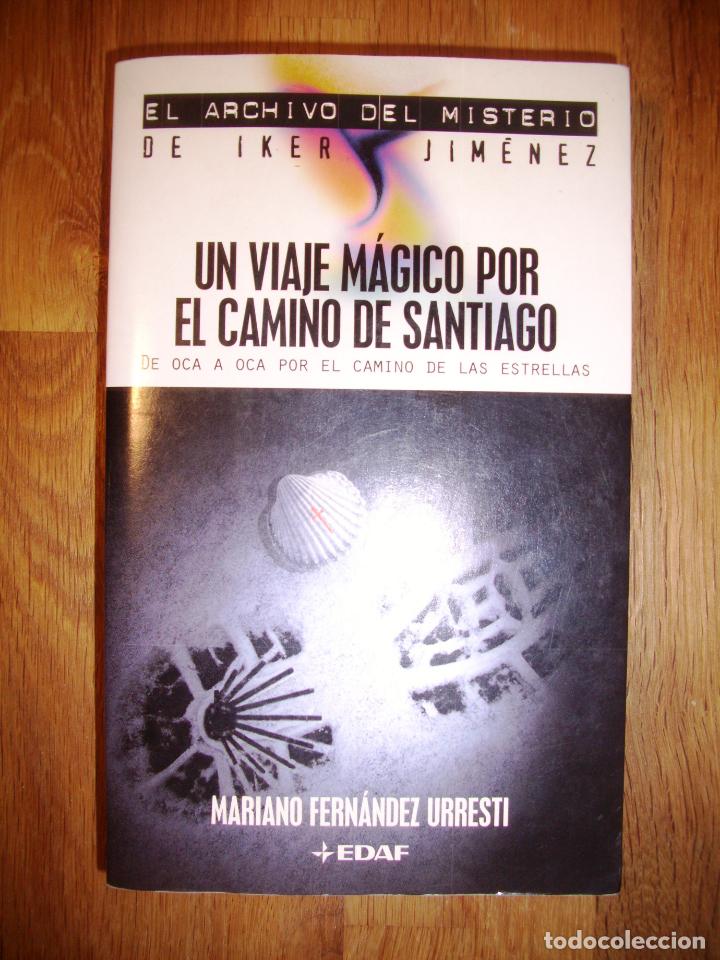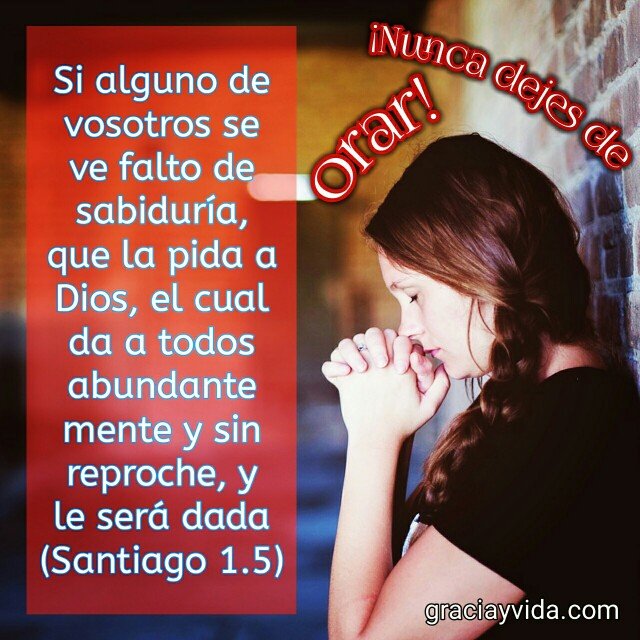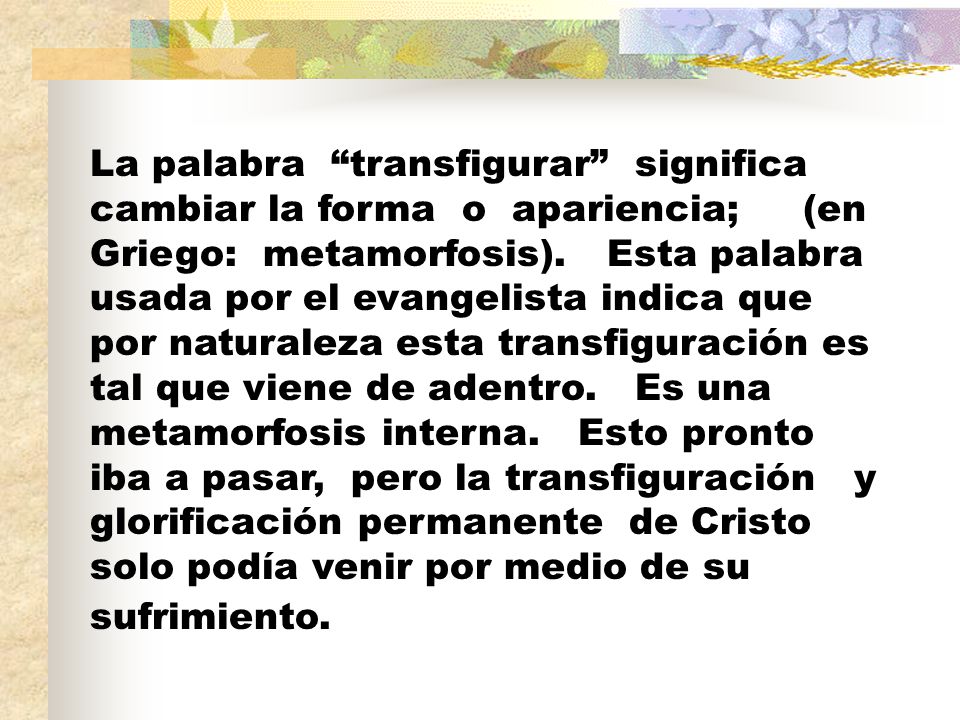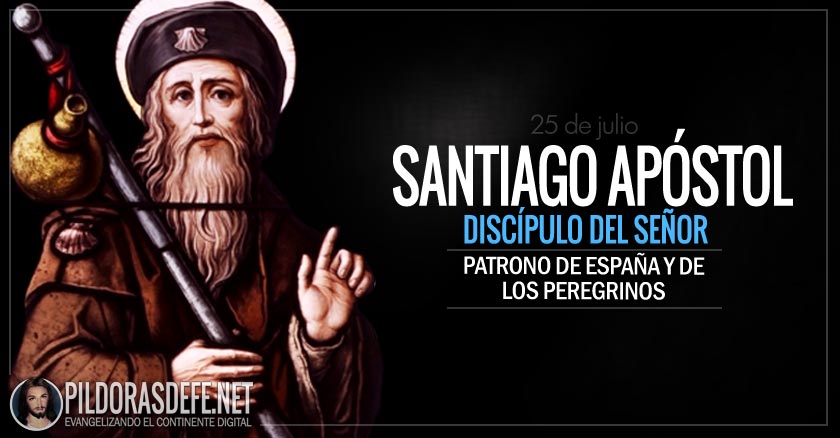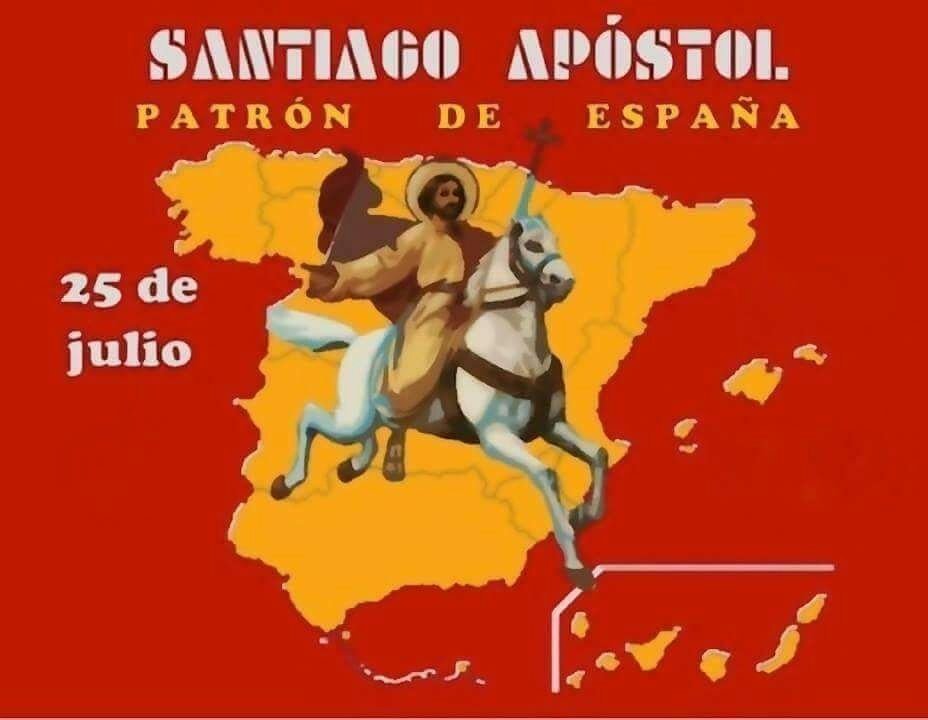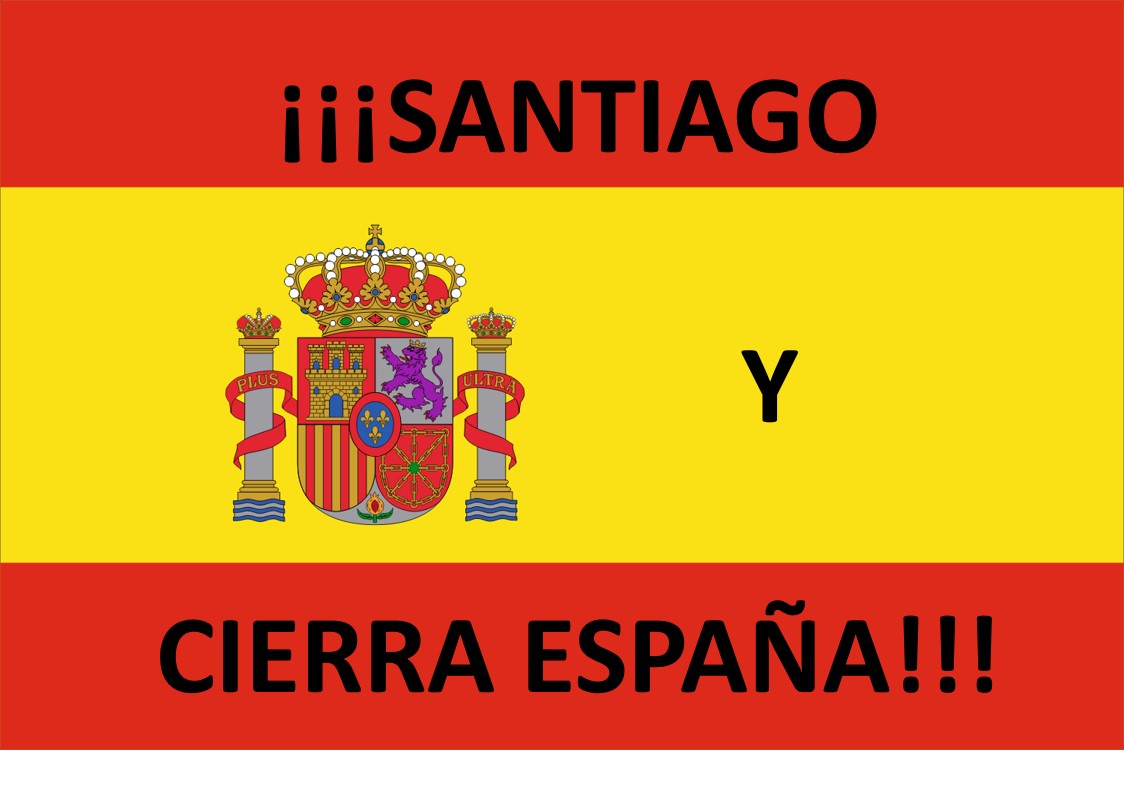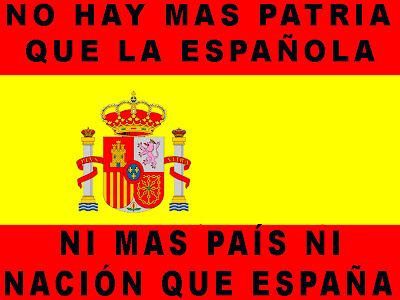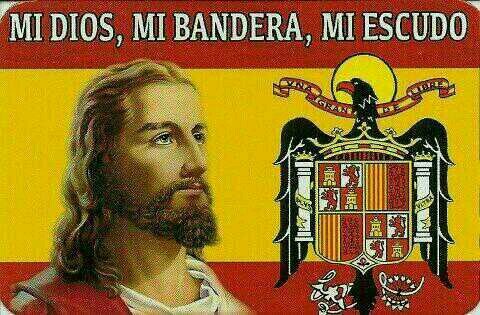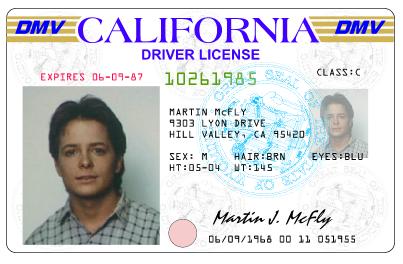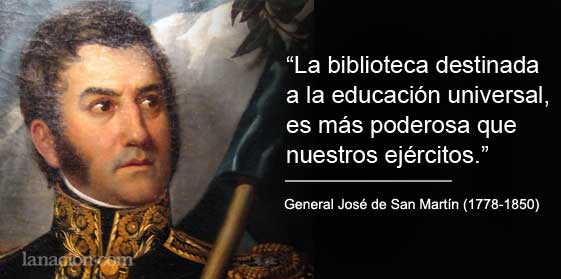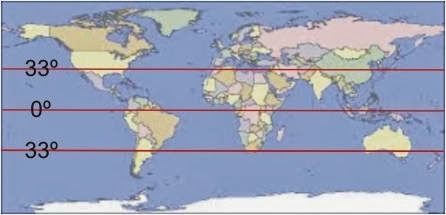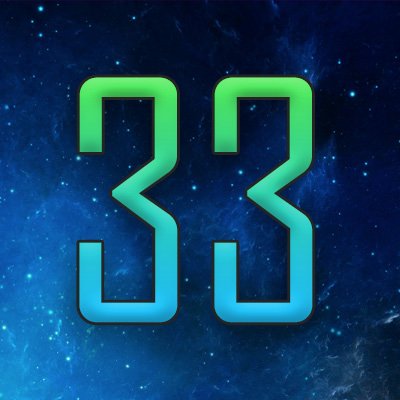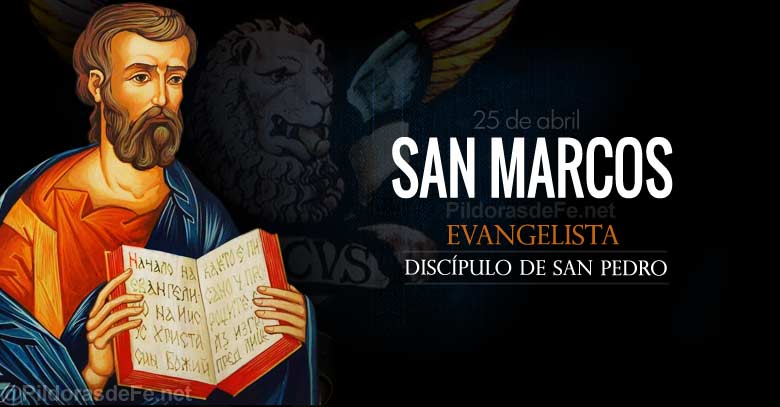|
|
| BARILOCHENSE6999 ha eliminado este mensaje |
|
|
|
|
le, require a straining of the available evidence. Sometimes, it is more appropriate to simply accept that we just don’t know.
Put another way, if time past is a jigsaw puzzle and we only have a handful of pieces, we shouldn’t assume that the ones we do have fit together perfectly. That said, it would be cowardly not to at least to attempt to rearrange the pieces we do have about the witness who wrote the Gospel of John to see if they fit together in some other coherent way.
In our quest to establish the authorship of John’s Gospel we identified a number of possible candidates in the attempt to solve the Problem of John. We have considered and ruled out John the Apostle, John the Elder (a non-direct follower of Jesus) and the Johannine Community. As promised, I suggest a fourth: John Mark, described in Acts 13:5 as a hyperetai — in recognition of his qualification as a scribe or minister of the Word.
We know the following about John Mark from the New Testament:
- His mother Mary owns a large house in Jerusalem. This house plays host to “many believers” after the arrest of Peter (44AD); Acts 12:12
- He was a missionary with apostles Barnabus and Paul in Antioch, assisting as a scribe or minister of the Word; Acts 12:25
- After the trip to Pamphylia, he returns to Jerusalem (45AD); Acts 13:13
- His decision causes Barnabus and Paul to separate (49AD); Acts 15:37
- Barnabus and John Mark set sail together for Cyprus (49AD); Acts 15:39
- John Mark, Barnabus’ cousin, is with Paul in Rome and is anticipated to return to Asia Minor to minister there (60AD); Colossians 4:10
- John Mark is with Timothy in Ephesus (67AD); 2 Timothy 4:11
From these details, it is traditionally believed that John Mark:
- was a young man or adolescent at the time of Jesus’ death;
- was younger in relation to the Apostles Peter, James and John, Paul and Barnabus;
- was part of a family who had a large house in central Jerusalem that likely hosted the Last Supper;
- his family having wealth, he was likely trained as a Jewish scholar, and so would be more likely known amongst the Council of Jerusalem.
Of the four inferences drawn above, the first two are almost certain, and the second two are reasonable, if not conclusive, assumptions.
So, does John Mark fit the profile of the internal evidence — the information we have from the Bible about the first hand eye-witness author of the Fourth Gospel — we have already considered?
- Present with Jesus at the Last Supper;
- Likely to be known to the High Priest;
- Aware of the involvement of Nicodemus in Jesus’ burial;
- Able to outrun Peter to the tomb, but hesitant about entering.
The answer is Yes; or at the very least, he is a better fit than John the Apostle.
Why? Whilst both John Mark and John the Apostle were likely present with Jesus at the Last Supper, it is more probable that a wealthy young Jewish resident of Jerusalem knew the High Priest and was aware of the secretive actions of Nicodemus, one of the senior members of the Sanhedrin council, than a rough Galilean fisherman only in town for the Passover feast.
Turning to the external evidence — the non-biblical sources we have already looked at who comment about the author of the Fourth Gospel — does John Mark fit the profile?
- Named as John in Ephesus along with Paul and Timothy; Ignatius
- Named as John, a disciple of the Lord; Papias
- Named as John, the author of a Gospel at Ephesus; Irenaeus
- Lived in Ephesus at least until Trajan (98AD) as “a true witness of the tradition of the apostles”; and named as John, witness and teacher, who died in Ephesus; Polycrates
Also Yes. John Mark is again a better fit, than John, Son of Zebedee. Both Ignatius and Irenaeus identify the gospel author John alongside Paul and Timothy whilst in Ephesus. This fits perfectly with the last letter we have from Paul, his 2nd letter to Timothy, in which he writes asking to send John Mark from Ephesus.
As a younger man than John the Apostle, he is more likely to have survived until the time of the Roman Emperor Trajan in 98AD. This would still have made him an incredible 75 or so years old.
It is also more plausible that it was John Mark, as a much younger man, who felt at ease in “leaning back against Jesus” and, when prompted by Peter about the betrayal, naïvely asked “Lord, who is it?” as opposed to the comparatively older John the Apostle.
Further, it is much more likely that it was John Mark who remained in his home town of Jerusalem during the arrest, trial and crucifixion of Jesus, in comparison with the Twelve who, apart from Peter, apparently fled after Jesus’ betrayal in Gethsemane.
You might also consider it far more likely that it was John Mark who outran Peter to the tomb on the third day, but hung back from entering first, either in youthful hesitation or as a mark of respect for his elder, rather than the man nicknamed a Son of Thunder.
On balance, the natural conclusion is that the Beloved Disciple, “the disciple whom Jesus loved” was actually John Mark; and not, as tradition maintains, John the Apostle, Son of Zebedee.
Having journeyed from the foothills of the Himalayas we have nearly reached base camp. One more turn and, all being well, we should have established the historical likelihood of Jesus’ encounter with Pilate.
https://www.whatistruthbook.com/beloved-disciple-john-mark |
|
|
|
|
¿SE PUEDE ENTENDER EL GRIAL SI NO SE TIENE MENTALIDAD DE NIÑO SEÑOR ROLMENCITO?
|
|
|
|
|
BABILONIA LA RAMERA ES UNA MUJER Y ES LA MISMA BESTIA
BABILONIA LA RAMERA ES UNA MUJER Y ES LA MISMA BESTIA
PARA NO CREER PERO ESTO ES ASI. LA RELACION DEL DINERO / MONEY / MOON / CON LA LUNA EN EL CONTEXTO A LA TRANSFIGURACION EN EL MONTE HERMON / MON / LUNA EN LA TRIBU DE DAN / DINERO / SERPIENTE. TODO ES UN NEXO CON LA TRANSFIGURACION DEL SEÑOR. DINERO ES TIEMPO MISMO.
ES OBVIO EL NEXO DE LA SERPIENTE CON LA MUJER
NOTEN EL NEXO DE DAN, CON LA SERPIENTE (VENECIA) Y EL CABALLO (PLAZA SAN MARCOS)
7. Génesis 49:17 Será Dan SERPIENTE junto al camino, Víbora junto a la senda, Que muerde los talones del caballo, Y hace caer hacia atrás al jinete.
 1200 1200
|
|
|
|
|
BABILONIA LA RAMERA ES UNA MUJER Y ES LA MISMA BESTIA
BABILONIA LA RAMERA ES UNA MUJER Y ES LA MISMA BESTIA
PARA NO CREER PERO ESTO ES ASI. LA RELACION DEL DINERO / MONEY / MOON / CON LA LUNA EN EL CONTEXTO A LA TRANSFIGURACION EN EL MONTE HERMON / MON / LUNA EN LA TRIBU DE DAN / DINERO / SERPIENTE. TODO ES UN NEXO CON LA TRANSFIGURACION DEL SEÑOR. DINERO ES TIEMPO MISMO.
ES OBVIO EL NEXO DE LA SERPIENTE CON LA MUJER
NOTEN EL NEXO DE DAN, CON LA SERPIENTE (VENECIA) Y EL CABALLO (PLAZA SAN MARCOS)
7. Génesis 49:17 Será Dan SERPIENTE junto al camino, Víbora junto a la senda, Que muerde los talones del caballo, Y hace caer hacia atrás al jinete.
 1200 1200
|
|
|
|
|
EL CAMINO DE SANTIAGO Y LA VÍA LÁCTEA
Parece lógico pensar, que los peregrinos, seguían las indicaciones naturales para guiarse hasta Santiago, siguiendo de Día el Camino de las Ocas y de Noche el Camino de las Estrellas.
En el hemisferio Norte, durante las cálidas noches de Verano, podemos observarla: Vía Láctea pasando por el Cisne (Cygnus), el Águila (Aquila) y el Escudo (Scutum).
El Camino de las Estrellas, está marcado por la indicación de la Vía Láctea, desembocando en la constelación del “Can Mayor”.
El Camino de las Estrellas, era el Mapa escrito en cielo, que nos guiaba en la Noche, de manera infalible hacia el “Finis Terrae”.
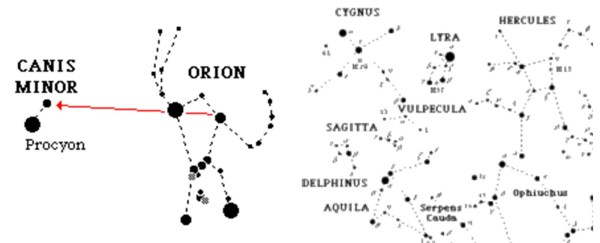
https://turismoiterodelavega.wordpress.com/el-camino-de-santiago/el-camino-de-santiago-y-la-via-lactea/ |
|
|
|
|
| Mateo 11:14: |
Y si queréis recibirlo, él es aquel Elías que había de venir. |
| Mateo 16:14: |
Ellos dijeron: Unos, Juan el Bautista; otros, Elías; y otros, Jeremías, o alguno de los profetas. |
| Mateo 17:3: |
Y he aquí les aparecieron Moisés y Elías, hablando con él. |
| Mateo 17:4: |
Entonces Pedro dijo a Jesús: Señor, bueno es para nosotros que estemos aquí; si quieres, hagamos aquí tres enramadas: una para ti, otra para Moisés, y otra para Elías. |
| Mateo 17:10: |
Entonces sus discípulos le preguntaron, diciendo: ¿Por qué, pues, dicen los escribas que es necesario que Elías venga primero? |
| Mateo 17:11: |
Respondiendo Jesús, les dijo: A la verdad, Elías viene primero, y restaurará todas las cosas. |
| Mateo 17:12: |
Mas os digo que Elías ya vino, y no le conocieron, sino que hicieron con él todo lo que quisieron; así también el Hijo del Hombre padecerá de ellos. |
| Mateo 27:47: |
Algunos de los que estaban allí decían, al oírlo: A Elías llama éste. |
| Mateo 27:49: |
Pero los otros decían: Deja, veamos si viene Elías a librarle. |
| Marcos 6:15: |
Otros decían: Es Elías. Y otros decían: Es un profeta, o alguno de los profetas. |
| Marcos 8:28: |
Ellos respondieron: Unos, Juan el Bautista; otros, Elías; y otros, alguno de los profetas. |
| Marcos 9:4: |
Y les apareció Elías con Moisés, que hablaban con Jesús. |
| Marcos 9:5: |
Entonces Pedro dijo a Jesús: Maestro, bueno es para nosotros que estemos aquí; y hagamos tres enramadas, una para ti, otra para Moisés, y otra para Elías. |
| Marcos 9:11: |
Y le preguntaron, diciendo: ¿Por qué dicen los escribas que es necesario que Elías venga primero? |
| Marcos 9:12: |
Respondiendo él, les dijo: Elías a la verdad vendrá primero, y restaurará todas las cosas; ¿y cómo está escrito del Hijo del Hombre, que padezca mucho y sea tenido en nada? |
| Marcos 9:13: |
Pero os digo que Elías ya vino, y le hicieron todo lo que quisieron, como está escrito de él. |
| Marcos 15:35: |
Y algunos de los que estaban allí decían, al oírlo: Mirad, llama a Elías. |
| Marcos 15:36: |
Y corrió uno, y empapando una esponja en vinagre, y poniéndola en una caña, le dio a beber, diciendo: Dejad, veamos si viene Elías a bajarle. |
| Lucas 1:17: |
E irá delante de él con el espíritu y el poder de Elías, para hacer volver los corazones de los padres a los hijos, y de los rebeldes a la prudencia de los justos, para preparar al Señor un pueblo bien dispuesto. |
| Lucas 4:25: |
Y en verdad os digo que muchas viudas había en Israel en los días de Elías, cuando el cielo fue cerrado por tres años y seis meses, y hubo una gran hambre en toda la tierra; |
| Lucas 4:26: |
pero a ninguna de ellas fue enviado Elías, sino a una mujer viuda en Sarepta de Sidón. |
| Lucas 9:8: |
otros: Elías ha aparecido; y otros: Algún profeta de los antiguos ha resucitado. |
| Lucas 9:19: |
Ellos respondieron: Unos, Juan el Bautista; otros, Elías; y otros, que algún profeta de los antiguos ha resucitado. |
| Lucas 9:30: |
Y he aquí dos varones que hablaban con él, los cuales eran Moisés y Elías; |
| Lucas 9:33: |
Y sucedió que apartándose ellos de él, Pedro dijo a Jesús: Maestro, bueno es para nosotros que estemos aquí; y hagamos tres enramadas, una para ti, una para Moisés, y una para Elías; no sabiendo lo que decía. |
| Lucas 9:54: |
Viendo esto sus discípulos Jacobo y Juan, dijeron: Señor, ¿quieres que mandemos que descienda fuego del cielo, como hizo Elías, y los consuma? |
| Juan 1:21: |
Y le preguntaron: ¿Qué pues? ¿Eres tú Elías? Dijo: No soy. ¿Eres tú el profeta? Y respondió: No. |
| Juan 1:25: |
Y le preguntaron, y le dijeron: ¿Por qué, pues, bautizas, si tú no eres el Cristo, ni Elías, ni el profeta? |
| Romanos 11:2: |
No ha desechado Dios a su pueblo, al cual desde antes conoció. ¿O no sabéis qué dice de Elías la Escritura, cómo invoca a Dios contra Israel, diciendo: |
| Santiago 5:17: |
Elías era hombre sujeto a pasiones semejantes a las nuestras, y oró fervientemente para que no lloviese, y no llovió sobre la tierra por tres años y seis meses. |
|
|
|
 Primer Primer
 Anterior
34 a 48 de 138
Siguiente Anterior
34 a 48 de 138
Siguiente Último
Último
|




